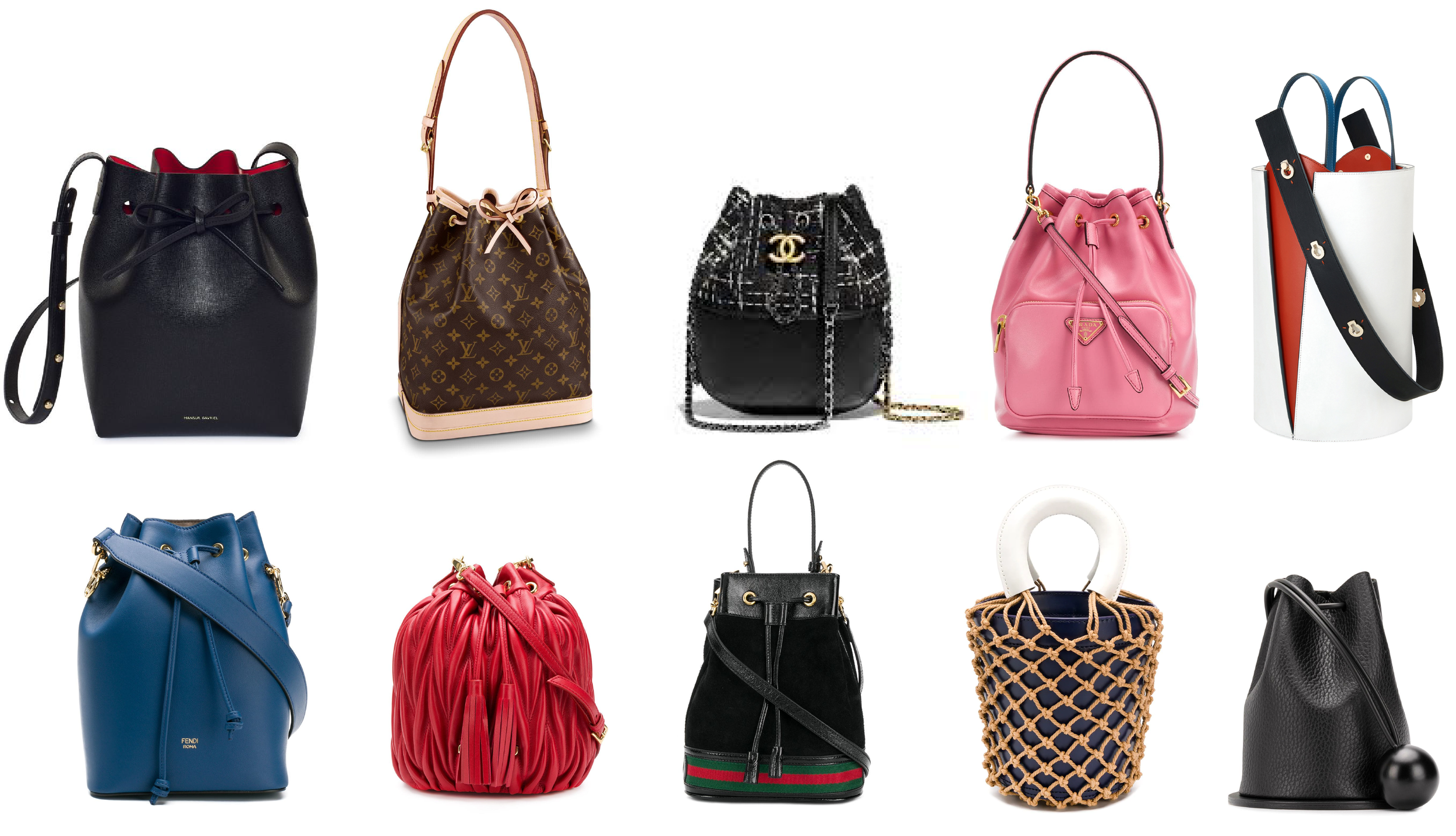The state of originality
There are so many things thrown out these days that originality loses its meaning. Some may say that originality is a fresh perspective of the same old stuff or instilling individual signature into existing stuff. But the question is, isn’t individual signature developed from surroundings and research?
Originality in the creative industry has been controversial debate over the years. It has become reinvention rather than originality. The most obvious example is recycling old fashion, from high-rise jeans to crop tops. Flared trousers made their comeback last year. ‘The Press’ dress – incorporated by Balenciaga on its latest campaign – first showed up in 1866, worn by Matilda Butters to a state ball. Fashion world owes Cristóbal Balenciaga a lot of silhouettes invention. Wrap dress by Diane von Fürstenberg has also been adopted by fashion brands.
Categories in fashion products have also been the same – blouse, shirts, t-shirts, tanks, trousers, shorts, dress, jumpsuits, suits, blazers, jackets, coats, sweater, hoodie. Designers and brands launch collections that include products within those categories every season. How many fashion brands that have ever launched oversized shirt?
There are pros and cons with designers known for reinterpretation like Demna Gvasalia and Virgil Abloh. Some called them out for lack of creativity and design while some applauded them for taking an existing product and spinning it into fashion blockbuster. In an interview with Business of Fashion, Abloh himself admitted he is not a designer.
If we observe the way luxury brands design their bags, it’s almost like a domino effect. When Celine luggage tote took the rein in 2011, other luxury brands immediately adopted the silhouette of the bag. When Mansur Gavriel re-popularised bucket bag, all brands - luxury, high street, and contemporary - launched their version of bucket bags. In fact, bucket bag was a hit in the 80s then died down before being resurrected by Mansur Gavriel.
Image: Top (left to right) - Mansur Gavriel, Louis Vuitton, Chanel, Prada, Danse Lente. Bottom (left to right) - Fendi, Miu Miu, Gucci, Staud, Building Block
It happens to every iconic bag; Louis Vuitton speedy bag, Chanel flap bag, and Prada Saffiano tote bag to name a few. The shape of speedy, flap, and tote bag has been reproduced and reinvented by so many brands that who invented the shape first doesn’t become an issue anymore because the shapes are always there.
Image: Bloomberg
Not to mention the branding of fashion brands looks the same at a glance – black and white logo with Sans-serif typeface. Yet demand for originality in fashion is higher than that of other industries. Even the beauty industry is getting along with beauty dupes.
Perhaps it’s the hype that the brands are after or maybe it’s the increasing number of newcomer brands that adds pressure to the industry. Making an effort to stand out from the pool of brands becomes top priority that sometimes the end products fall short on practicality. There are too many products in the market that it is becoming more challenging than ever to be different. In an ideal world, knocking off should be illegal, especially to independent artists, but there are consumers out there who continue to purchase knockoffs as long as they look good and are affordable. At this point, we might want to rethink how brands should incorporate originality to their products since following the hype drives sales.
Looking at the direction the industry is heading to, the current state of originality is the meeting point between inspiration and personal taste. No matter how different we think we are, we are bound to meet people with the same taste or same style. That is why community exists and community drives the hype. Originality could be about being ourselves and injecting our DNA to an existing design. Of course, the inventor of existing design should be credited, ideally.



